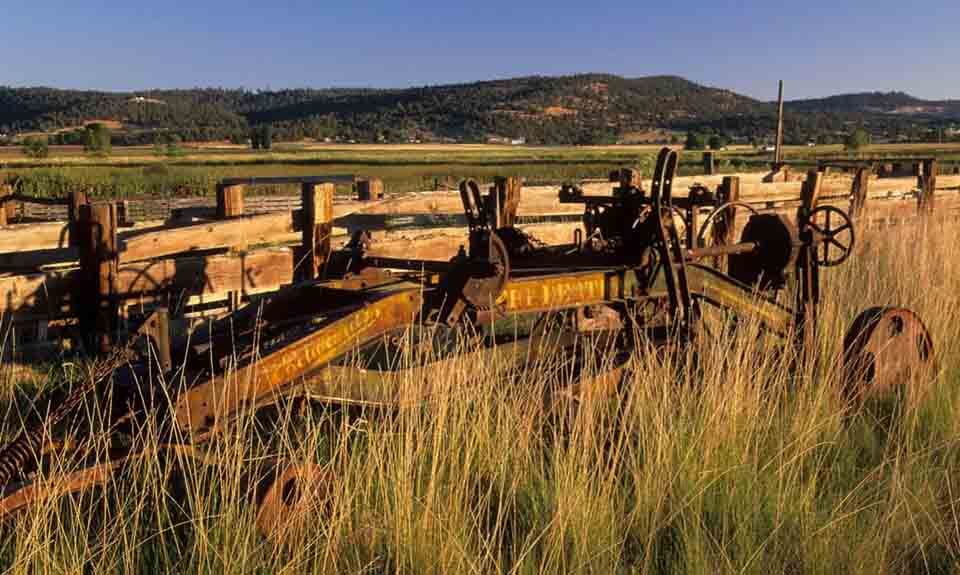New Wildlife Refuge Rules Impede Agriculture Within the Ecosystem in Oregon

KLAMATH COUNTY, Ore. — A new set of rules by the U.S. Fish and Wildlife Service that controls national wildlife refuges “impedes the ingenuity of creative minds” and the purpose of “agriculture within the ecosystem,” says Klamath Basin farmer Marc Staunton. His was but one of the 50,000 opinions lodged after the Fish and Wildlife Service called for public comment.
Rules Prohibit the Control of Mosquitoes and Native Predators
The new rules proposed by the U.S. Fish and Wildlife Service requires national wildlife refuge managers to promote environmental health and biological diversity. The federal agency says these steps are required to deal with climate change affecting the country’s network of wildlife refuges and will prohibit the control of mosquitoes and native predators on refuge land, unless stipulated conditions are met.
Speaking at a hearing of the U.S. House Committee on Natural Resources, farmer Staunton said that although his farm uses land on the Lower Klamath National Wildlife Refuge, and makes use of flooded wetlands to grow crops, his methods support the habitats of migratory birds.
Supporters of his farming methods say it is an innovative solution for the drought-stricken Klamath Basin where wildlife and farmers compete for water. Staunton raised concerns that the new rules threaten the sustainability of his farming project.
The new rules do not ban farming activities, says the deputy director for program management and policy for the Fish and Wildlife Service, Steve Guertin. Instead, the proposals “set a default position” for activities such as farming. Guertin says, if approved, the new rules will give refuge managers flexibility to fulfill refuge purposes, meet statutory requirements, and ensure ecological integrity.
Fish and Wildlife Service director, Martha Williams, says the proposals will provide a transparent and consistent approach to strengthen the agency’s ability to manage, conserve, and restore fish, plant resources, and wildlife on a national scale. She says the rules will ensure that national wildlife refuges thrive and are sustained as a network of healthy lands and waters to protect endangered species and diverse wildlife populations. The proposals were crafted to benefit present and future generations.
Williams says the proposals will enable refuge managers to evaluate and implement actions to protect vulnerable species, promote natural processes, restore and connect habitats, incorporate Indigenous Knowledge, and sustain vital ecological functions. They also provide a decision framework for practices such as invasive species management, native predator control, mosquito control, and pesticide use.
Takeaways
The Refuge System is a network of 570 national wildlife refuges and 38 wetland management districts.
A final decision will be made after the Fish and Wildlife Service reviews all public comment.
